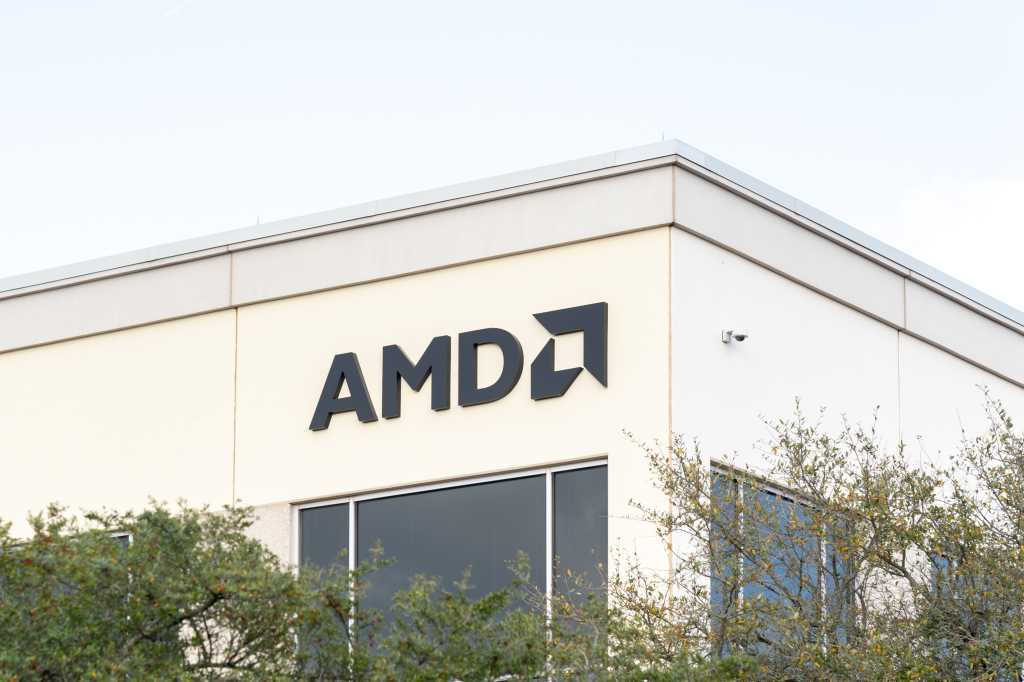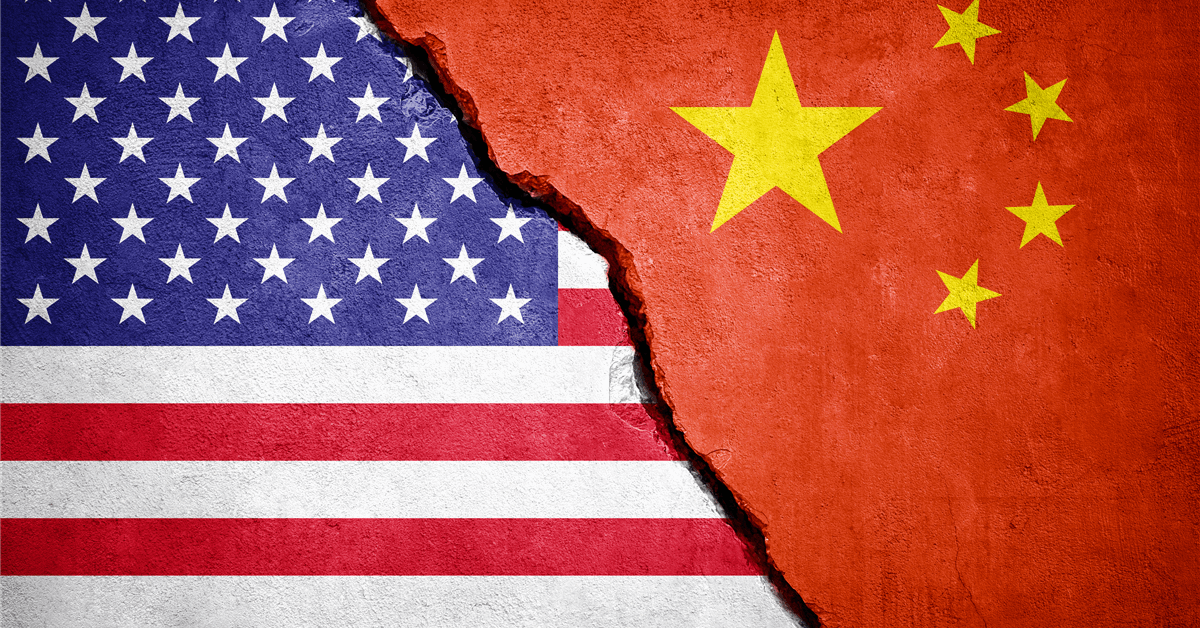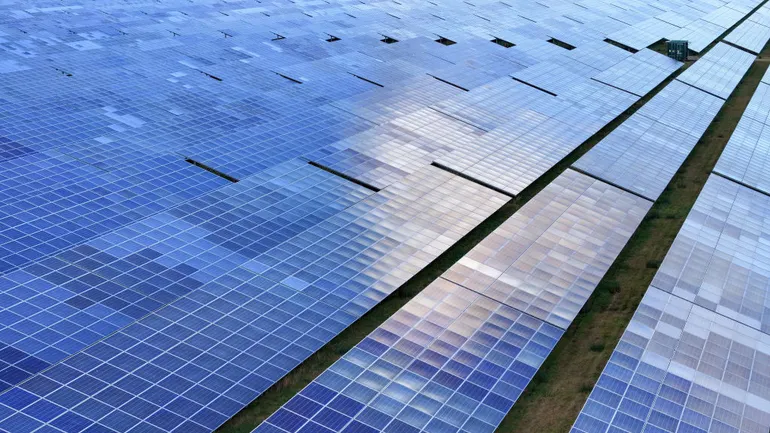
Brian Armstrong, the billionaire CEO of the cryptocurrency exchange Coinbase, says he’s ready to fund a US startup focused on gene-editing human embryos. If he goes forward, it would be the first major commercial investment in one of medicine’s most fraught ideas.
In a post on X June 2, Armstrong announced he was looking for gene-editing scientists and bioinformatics specialists to form a founding team for an “embryo editing” effort targeting an unmet medical need, such as a genetic disease.
“I think the time is right for the defining company in the US to be built in this area,” Armstrong posted.
The announcement from a deep-pocketed backer is a striking shift for a field considered taboo following the 2018 birth of the world’s first genetically edited children in China—a secretive experiment that led to international outrage and prison time for the lead scientist.
According to Dieter Egli, a gene-editing scientist at Columbia University whose team has briefed Armstrong, his plans may be motivated in part by recent improvements in editing technology that have opened up a safer, more precise way to change the DNA of embryos.
That technique, called base editing, can deftly change a single DNA letter. Earlier methods, on the other hand, actually cut the double helix, damaging it and causing whole genes to disappear. “We know much better now what to do,” says Egli. “It doesn’t mean the work is all done, but it’s a very different game now—entirely different.”
Shoestring budget
Embryo editing, which ultimately aims to produce humans with genes tailored by design, is an idea that has been heavily stigmatized and starved of funding. While it’s legal to study embryos in the lab, actually producing a gene-edited baby is flatly illegal in most countries.
In the US, the CRISPR baby ban operates via a law that forbids the Food and Drug Administration from considering, or even acknowledging, any application it gets to attempt a gene-edited baby. But that rule could be changed, especially if scientists can demonstrate a compelling use of the technique—or perhaps if a billionaire lobbies for it.
In his post, Armstrong included an image of a seven-year-old Pew Research Center poll showing Americans were strongly favorable to altering a baby’s genes if it could treat disease, although the same poll found most opposed experimentation on embryos.
Up until this point, no US company has openly pursued embryo editing, and the federal government doesn’t fund studies on embryos at all. Instead, research on gene editing in embryos has been carried forward in the US by just two academic centers, Egli’s and one at the Oregon Health & Science University.
Those efforts have operated on a shoestring, held together by private grants and university funds. Researchers at those centers said they support the idea of a well-financed company that could advance the technology. “We would honestly welcome that,” says Paula Amato, a fertility doctor at Oregon Health & Science University and the past president of the American Society for Reproductive Medicine.
“More research is needed, and that takes people and money,” she says, adding that she doesn’t mind if it comes from “tech bros.”
Editing embryos can, in theory, be used to correct genetic errors likely to cause serious childhood conditions. But since in most cases genetic testing of embryos can also be used to avoid those errors, many argue it will be hard to find a true unmet need where the DNA-altering technique is actually necessary.
Instead, it’s easy to conclude that the bigger market for the technology would be to intervene in embryos in ways that could make humans resistant to common conditions, such as heart disease or Alzheimer’s. But that is more controversial because it’s a type of enhancement, and the changes would also be passed through the generations.
Only last week, several biotech trade and academic groups demanded a 10-year moratorium on heritable human genome editing, saying the technology has few real medical uses and “introduces long-term risks with unknown consequences.”
They said the ability to “program” desired traits or eliminate bad ones risked a new form of “eugenics,” one that would have the effect of “potentially altering the course of evolution.”
No limits
Armstrong did not reply to an email from MIT Technology Review seeking comment about his plans. Nor did his company Coinbase, a cryptocurrency trading platform that went public in 2021 and is the source of his fortune, estimated at $10 billion by Forbes.
The billionaire is already part of a wave of tech entrepreneurs who’ve made a splash in science and biology by laying down outsize investments, sometimes in far-out ideas. Armstrong previously cofounded New Limit, which Bloomberg calls a “life extension venture” and which this year raised a further $130 million to explore methods to reprogram old cells into an embryonic-like state.
He started that company with Blake Byers, an investor who has said a significant portion of global GDP should be spent on “immortality” research, including biotech approaches and ways of uploading human minds to computers.
Then, starting late last year, Armstrong began publicly telegraphing his interest in exploring a new venture, this time connected to assisted reproduction. In December, he announced on X that he and Byers were ready to meet with entrepreneurs working on “artificial wombs,” “embryo editing,” and “next-gen IVF.”
The post invited people to apply to attend an off-the-record dinner—a kind of forbidden-technologies soiree. Applicants had to fill in a Google form answering a few questions, including “What is something awesome you’ve built?”
Among those who attended the dinner was a postdoctoral fellow from Egli’s lab, Stepan Jerabek, who had led the base-editing research project. Another attendee, Lucas Harrington, is a gene-editing scientist who trained at the University of California, Berkeley under Jennifer Doudna, a winner of the Nobel Prize in chemistry for development of CRISPR gene editing. Harrington says a venture group he helps run, called SciFounders, is also considering starting an embryo-editing company.
“We share an interest in there being a company to empirically evaluate whether embryo editing can be done safely, and are actively exploring incubating a company to undertake this,” Harrington said in an email. “We believe there need to be legitimate scientists and clinicians working to safely evaluate this technology.”
Because of how rapidly gene editing is advancing, Harrington has also criticized bans and moratoria on the technology. These can’t stop it from being applied but, he says, can drive it into “the shadows,” where it might be used less safely. According to Harrington, “several biohacker groups have quietly raised small amounts of capital” to pursue the technology.
By contrast, Armstrong’s public declaration on X represents a more transparent approach. “It seems pretty serious now. They want to put something together,” says Egli, who hopes the Coinbase CEO might fund some research at his lab. “I think it’s very good he posted publicly, because you can feel the temperature, see what reaction you get, and you stimulate the public conversation.”
Editing error
The first reports that researchers were testing CRISPR on human embryos in the lab emerged from China in 2015, causing shock waves as it became clear how easy, in theory, it was to change human heredity. Two years later, in 2017, a report from Oregon claimed successful correction of a dangerous DNA mutation present in lab embryos made from patients’ egg and sperm cells.
But that breakthrough was not what it seemed. More careful testing by Egli and Oregon showed that CRISPR technology actually caused havoc in a cell, often deleting large chunks of chromosomes. That’s in addition to mosaicism, in which edits occur differently in different cells. What looked at first like precise DNA editing was in fact a dangerous process causing unseen damage.
While the public debate turned on the ethics of CRISPR babies—especially after three edited children were born in China—researchers were discussing basic scientific problems and how to solve them.
Since then, both US labs, as well as some in China, have switched to base editing. That method, in theory, could also endow an embryo with a number of advantageous gene variants, not just one change.
Company job
Some researchers also feel certain that editing an embryo is simpler than trying to treat sick adults. The only approved gene-editing treatment, for sickle-cell disease, costs more than $2 million. By contrast, editing an embryo could be incredibly cheap, and if it’s done early, when an embryo is forming, all the body cells could carry the change.
“You fix the text before you print the book,” says Egli. “It seems like a no-brainer.”
Still, gene editing isn’t quite ready for prime time in making babies. Getting there requires more work, including careful design of the editing system (which includes a protein and short guide molecule) and systematic ways to check embryos for unwanted DNA changes. That is the type of industrial effort Armstrong’s company, if he funds one, would be suited to carry out.
“You would have to optimize something to a point where it is perfect, to where it’s a breeze,” says Egli. “This is the kind of work that companies do.”





















